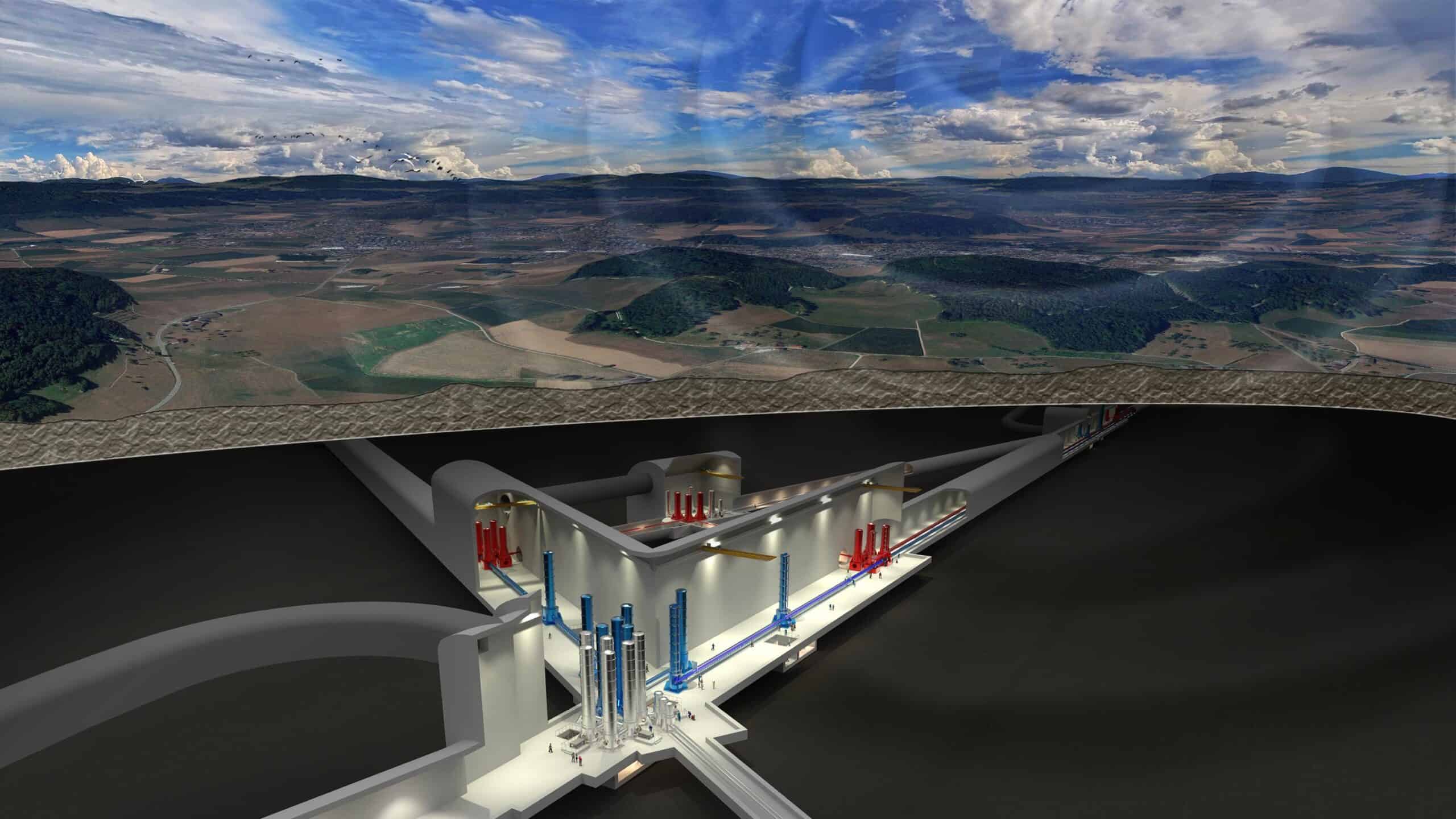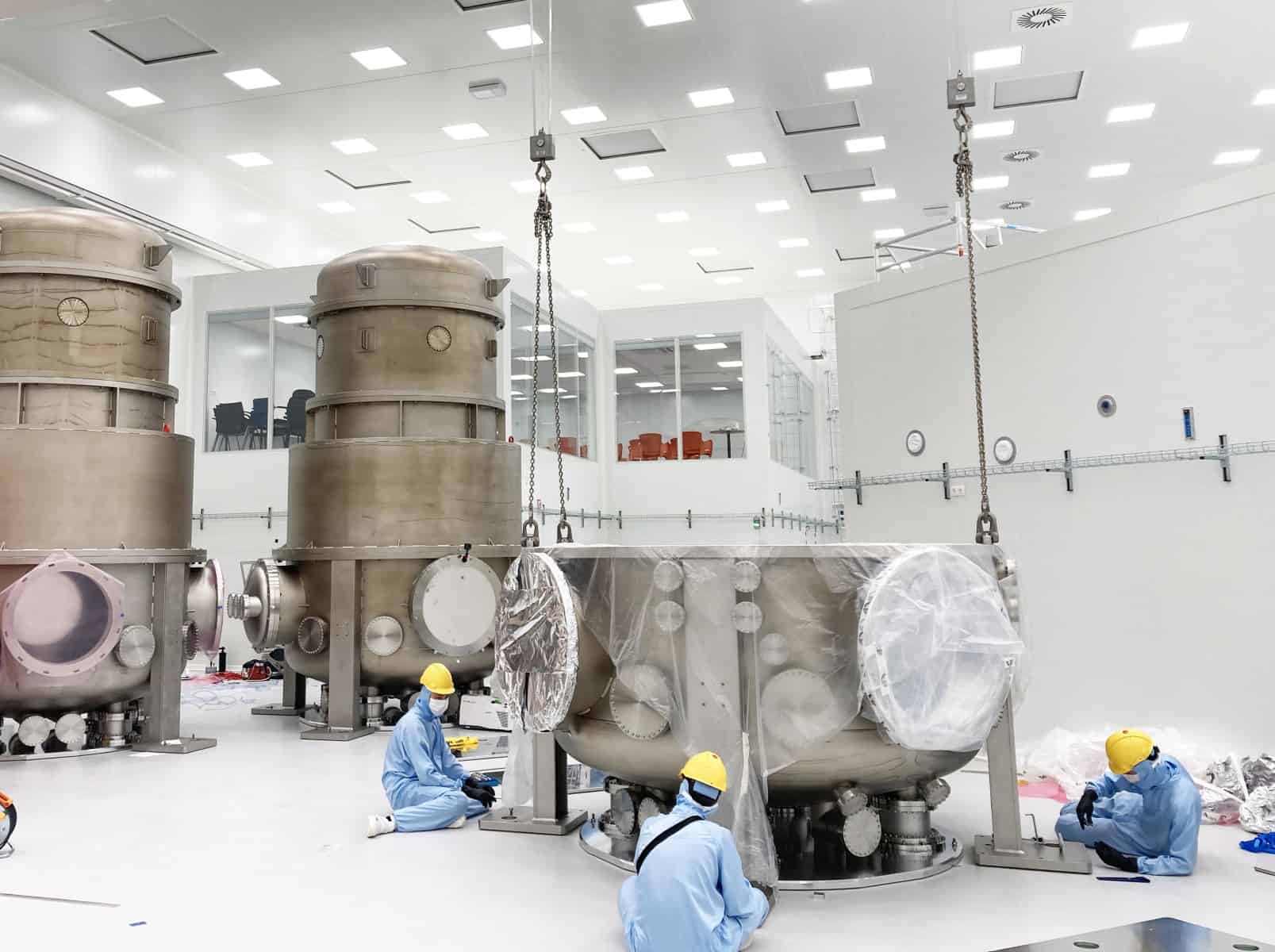
A consortium, including the University of Twente (UT), will develop a cooling system for the Einstein Telescope (ET). The ET is a planned advance observatory that will measure gravitational waves and might be built in the south of the Netherlands.
Why this is important
The ET will soon be built in Europe, with the Netherlands – in a joint application with Germany and Belgium – being one of the candidates. This observatory promises to unveil more details on the history of universe.
The consortium – Demcon kyoz and Cooll are also part – will receive €2.6 million over three years through the Dutch National Growth Fund. This money will serve to develop a three-stage cooling system that will work with different types of coolants: neon, hydrogen, and helium.
Measuring gravitational waves
Observations of gravitational waves by existing observatories and the new Einstein Telescope are made with laser beams. These are sent into ten-kilometer-long tunnels in two directions and reflected by mirrors at the ends to be collected at the starting point by a detector. The measurement signal depends on the difference in the path traveled by the two laser beams. University lecturer Michiel van Limbeek explains: “A passing gravity wave influences that difference on the measurement signal. You can extract information from that, for example about how that gravitational wave was formed.”
To fund the research, the R&D scheme was created as part of the ET valorization program with a financial contribution from the National Growth Fund. The scheme has five calls; the first was for vibration-free cooling, which is needed to make measurements much more accurate. That call was awarded to the Twente consortium.

The cooling process
The cooling process starts at -195 °C, the temperature reached with liquid nitrogen. Two intermediate steps are needed to reach the final, trickiest step to -263 °C: the coldest point in the cooling system. Eventually, they will build three copies of the cooling system, one for research at the University of Twente and two for the ETpathfinder in Maastricht, where most of the research for the future telescope happens.

